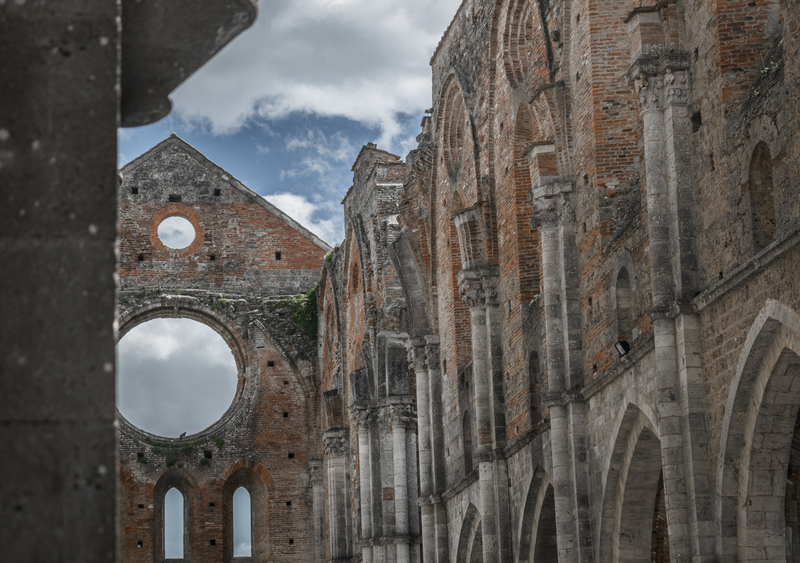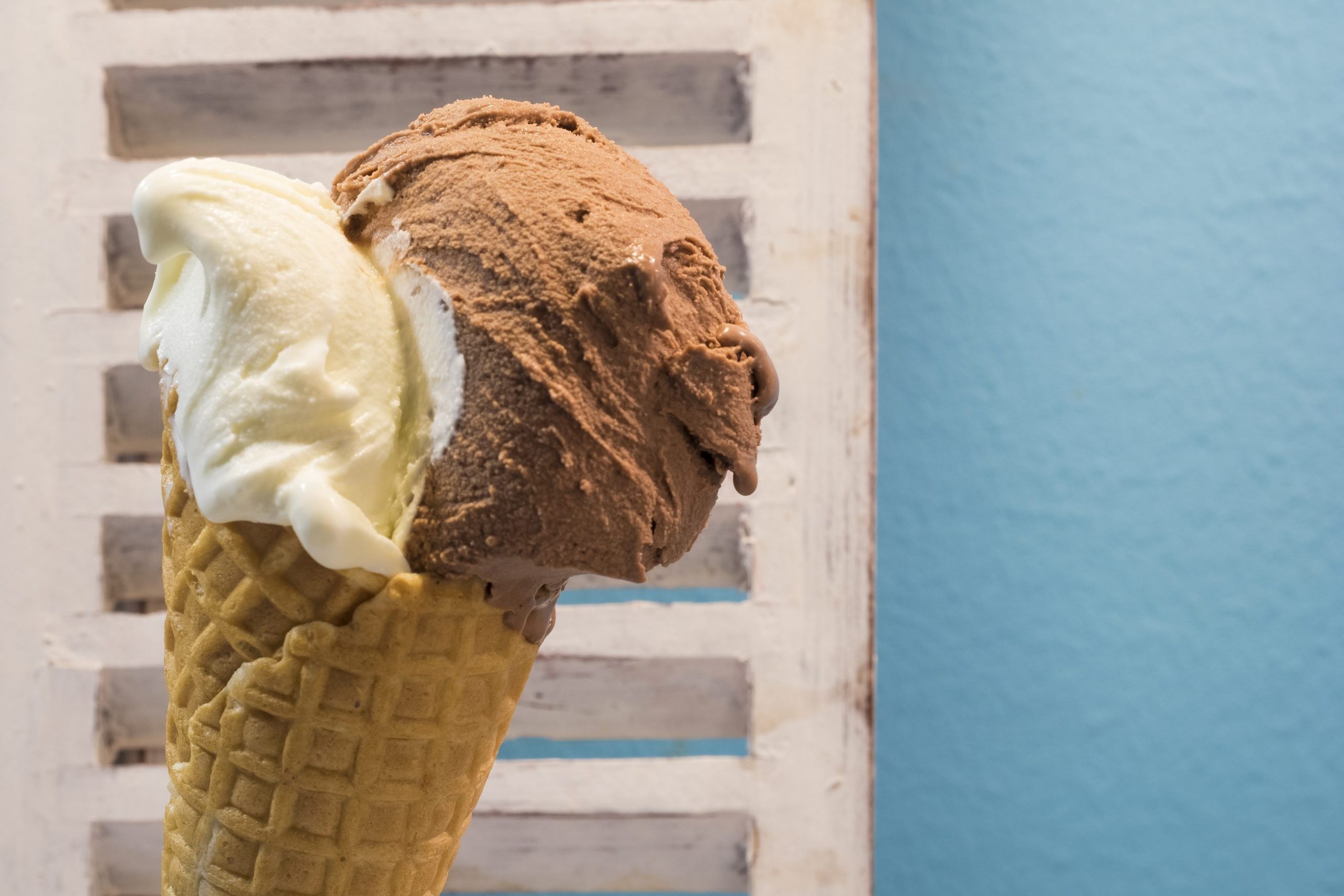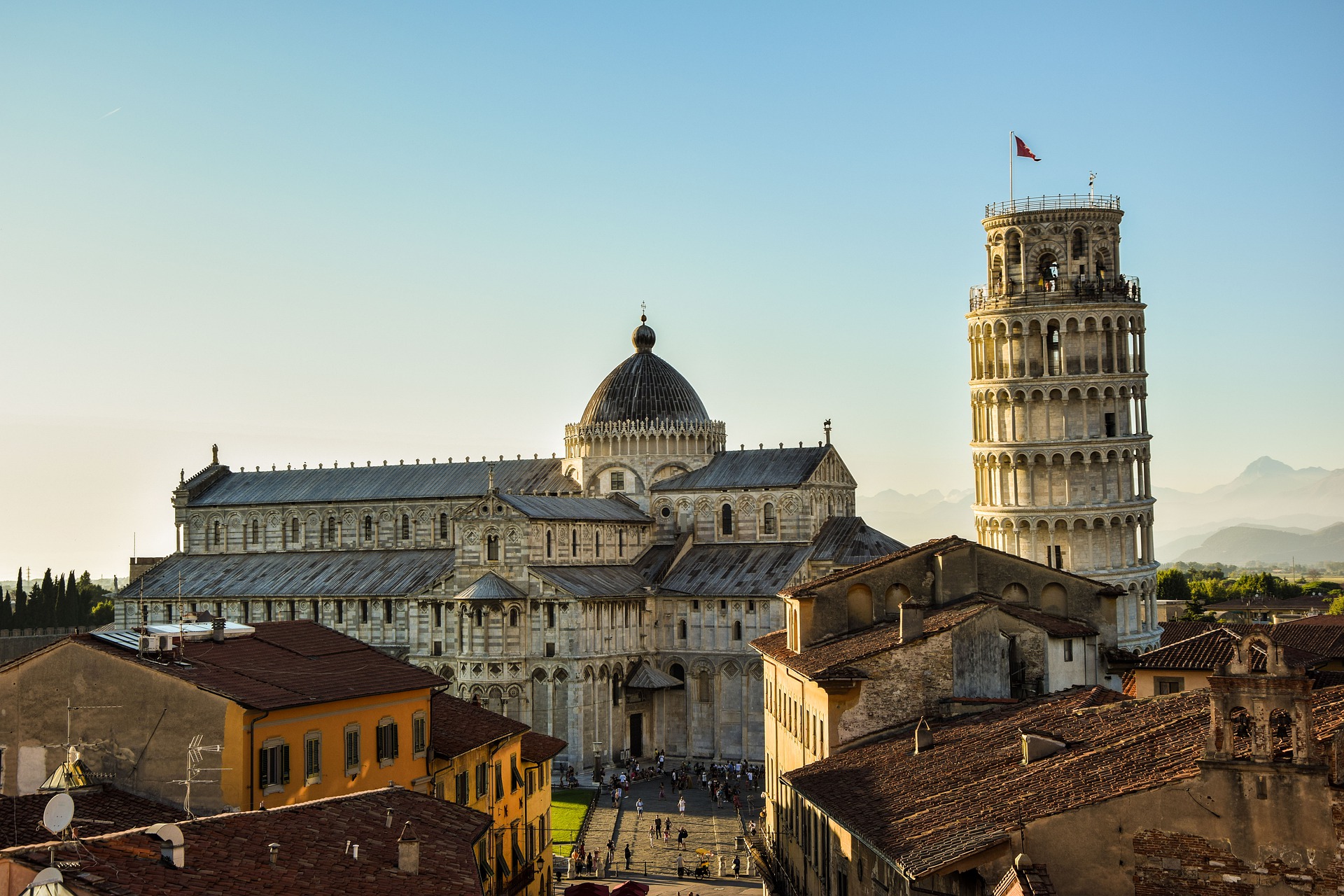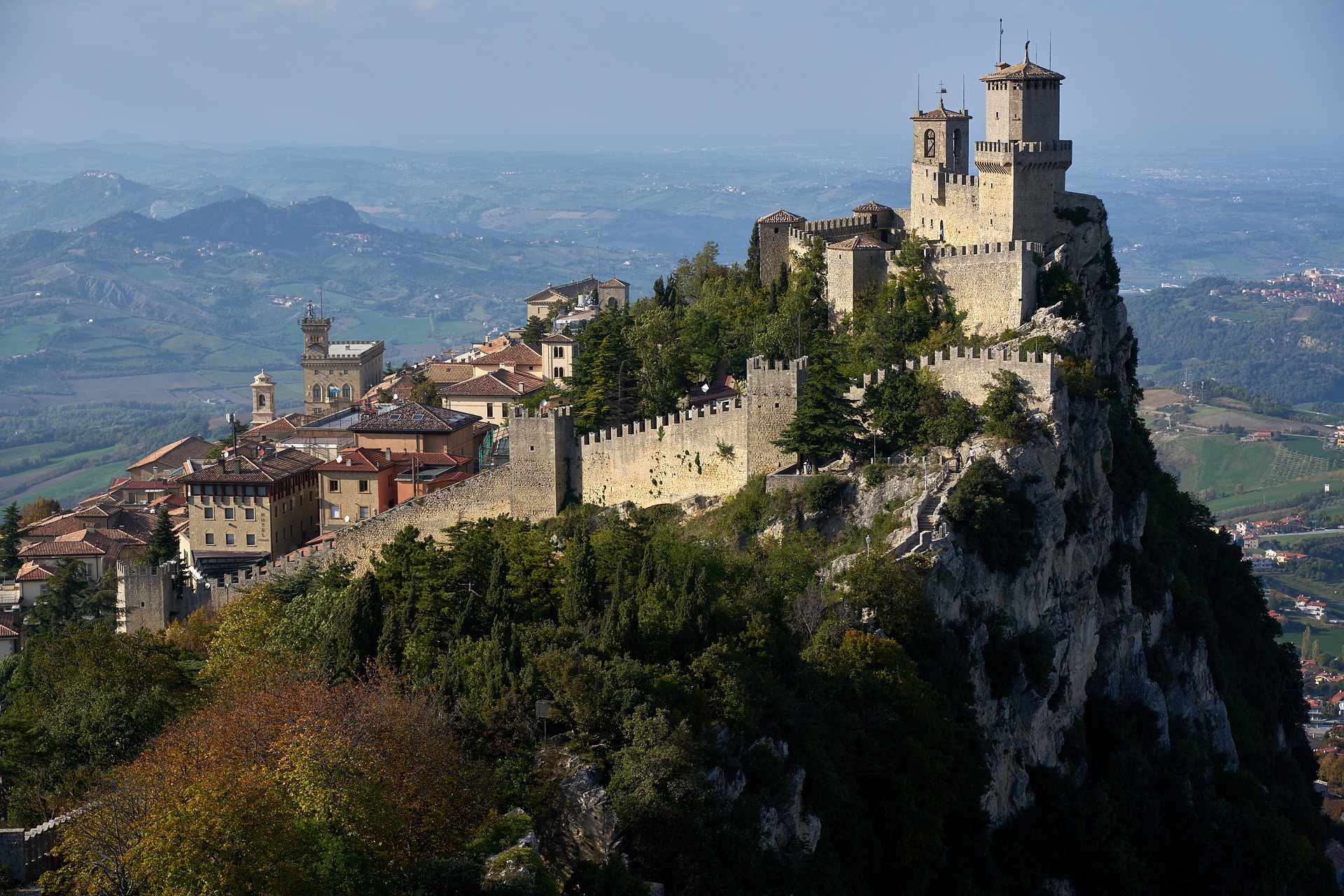Last year I saw a picture on Tumblr of beautiful ruins of a church, now open to the sky. The columns of the nave were huge stone pillars, majestic and mystical. I was instantly enchanted (and immediately began planning my non-even-close-to-being-real wedding there).
Not only is the ruined abbey gorgeous – particularly at sunset – but the abbey and the monastery above it have possible connections to both the legend of King Arthur and to the Holy Grail! So two months ago while I was staying in Siena, I rented a car, turned on my GPS and was a little surprised when it popped up by name: L’Abbazia di San Galgano.
The Abbey of San Galgano was built in the 13th century in the valley of the Merse river between two medieval villages, Chiusdino and Monticiano. Just up a rise is the Montesiepi Hermitage. Neither structure was built during Saint Galgano’s life.
Galgano Guidotti was a knight and a warrior, born in 1148 in nearby Chiusdino. When he was 32 years old, the Angel Gabriel appeared to him and told him to follow him, forsake violence, build a round chapel at Montesiepi and retire there to live. Against the advice of his family, Galgano got on his horse that – miraculously – took him straight to Montesiepi without even being guided.
I certainly needed to be guided. My GPS had me winding through the Tuscan hillside so much that I totally lost my sense of direction. The roads were narrow and at one point I had to slam on my brakes when a tractor pulled out in front of me. You heard me: a tractor.
I was captivated by the beautiful landscapes around me so it came as a surprise when I turned a corner, looked to my left and – bam! – there was this long, tree-lined road leading to the enchanted ruins, looking like they had just popped out of a picture. Then I looked up toward the hilltop just a short walk from the abbey, and saw the Hermitage of Montesiepi.
The horse eventually brought Galgano to the site on the hill where the Hermitage now stands. When he arrived there, Galgano jumped from his mount and, as a symbol of his rejection of war, unsheathed his sword and with great force shoved it into a rock (which is said to have “parted like butter”). After hearing of this miracle, pilgrims began to come see Galgano at Montesiepi, and before his death in 1181AD (only a short year later) 19 such miracles were performed. Galgano never got the chance to build his chapel, but in the last year of his life he became a Cistercian monk and after his death and canonization (just four years after his death) his monastic brothers completed his task for him.
In 1218, the monks and number of pilgrims outgrew the hermitage so the monks decided to build the Abbey of San Galgano. Within the next few centuries, however, the Abbey was destroyed by a passing army and by 1789 it was completely abandoned, leaving the ruins we see now.
I arrived just as the sun was started to set, bought my ticket and ran into the abbey. There was a beautiful orange glow on the stone and I spent a few minutes just walking around, taking it all in. I wanted to make it up to the monastery before it closed, though, so I took a few pictures and then started on the trail leading up the hill. Before heading into the main chamber, I stopped into the gift shop (of course) where an elderly woman was sitting with four cats. She seemed a bit cross until I complimented her feline friends, after which she brightened up and was quite friendly. I bought a jar of crema di castagne (which turned out to be some of the best I’ve tried), stuffed it in my purse and headed into the main chamber.
Now for the fun stuff.
Some scholars – and I’m in no way vouching for their credibility – think that the story of Saint Galgano shoving his sword into the stone may have inspired the tale of Excalibur and that Galgano himself may be the true “King Arthur”. For many years it was a fairly commonly held belief that the sword was a fake, created more recently to fabricate some sort of connection between the two figures. However, a few years ago the University of Pavia certified that the sword is actually from the 12th century, at least giving more credence to the truth behind the story of Saint Galgano, if not proving the connection with King Arthur.
Is it possible the “true” sword in the stone is in Italy??
Taking it one step further, some people believe that the round chapel at Montesiepi that I had just stepped into might just be the hiding place of the fabled Holy Grail. The must-sought-after Grail is the chalice that Jesus and his apostles drank out of at the Last Supper, supposedly bestowed with numerous supernatural qualities. There have been rumors for centuries of a secret underground space that can only be accessed by moving a specific stone in the floor of the anteroom. Shockingly, no one has found this stone (yet), including me. And trust me, I looked.
After a few minutes staring at the sword, now enclosed in a hard plastic bubble, and looking for a loose stone in the floor that might uncover the Holy Grail, I walked back outside followed by two of the four cats. The Tuscan sun was truly setting now and as I walked back down the hill, the mystical quality of this place that is tied to so many legends was almost tangible. Go, the next time you’re in Siena, and experience a piece of history – and of legend.
Jessica is a travel enthusiast and entertainment executive living in Los Angeles. Her independent travels through Italy have inspired her travel blog, OneDayInItaly.com





























